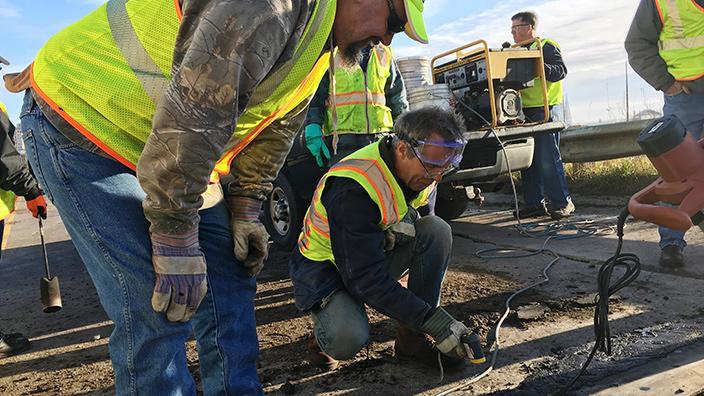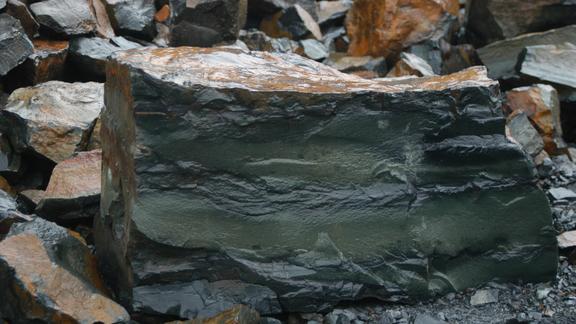Featured Research Labs

Program Overview
This Secondary Products Program is all about resource conservation and innovative utilization. It focuses on beneficial use of mineral-based secondary products generated by mining and other industrial activities, with an eye on their potential for value-added product development and innovative technology uses, their potential environmental impacts, and their resource conservation attributes. This is all within the context of sustainability and a circular economy.
Program Goals
- Maximize mineral resource utilization
- Identify, quantify and characterize mineral-based secondary products/materials
- Raise awareness about what’s out there and about how these materials could be beneficially used
- Find and match these mineral-based materials end-uses to other resources
- Pursue value-added product development and technology opportunities
Unique Strengths, Expertise and Capabilities
- This unique program makes the most out of what is mined, processed, and generated by mining and other mineral-based industrial activities.
- The NRRI team has over 30 years of experience in this area and understands the resources involved and the interdisciplinary connections.
Recent Projects, Partners
- Taconite as a Lower Cost Alternative High Friction Surface Treatment for Low Volume Roads in Minnesota. Partners: Local Road Research Board, MnDOT, St. Louis County, UMD, and UMTC
- Making Cement at Ambient Temperature Using 55% MSW Ash. Partners: Designs by Natural Processes, Inc., Sandia National Laboratory, DOE
- Re-use of Regional Waste in Sustainably Designed Soils. Partners: MnDOT, UMD, U.S. Army Corps of Engineers, Duluth Seaway Port Authority
- Optimized Taconite-Based Pavement Repair Compound and Deployment System. Partners: MnDOT, UMD, City of Duluth, Duluth Airport Authority
Staff
Featured Research Projects
Related News

NRRI paves the way for 'waste rock' to become high value aggregate resource for local roads.



